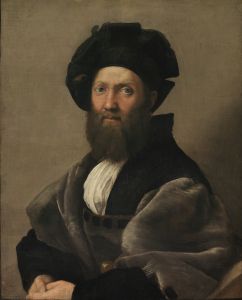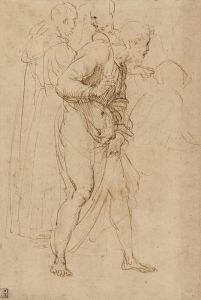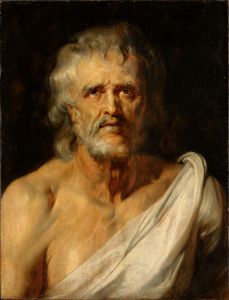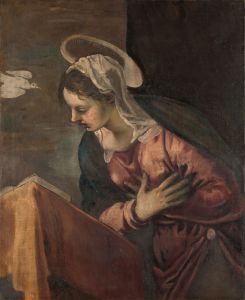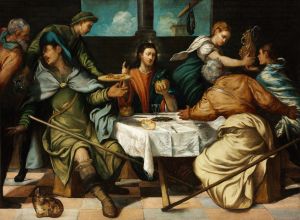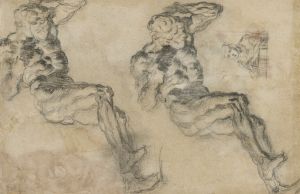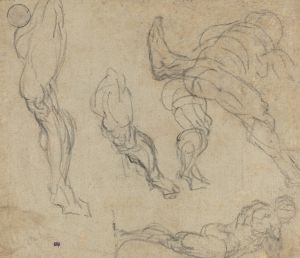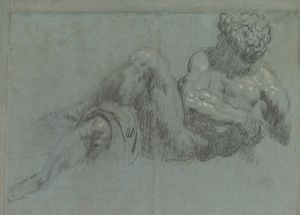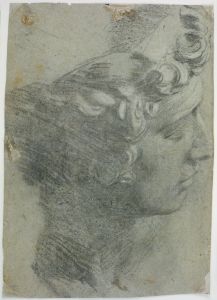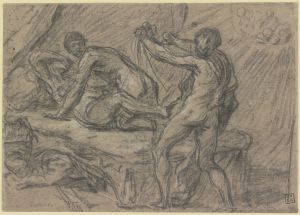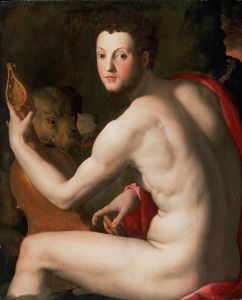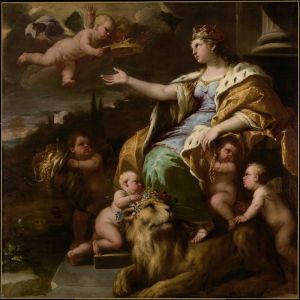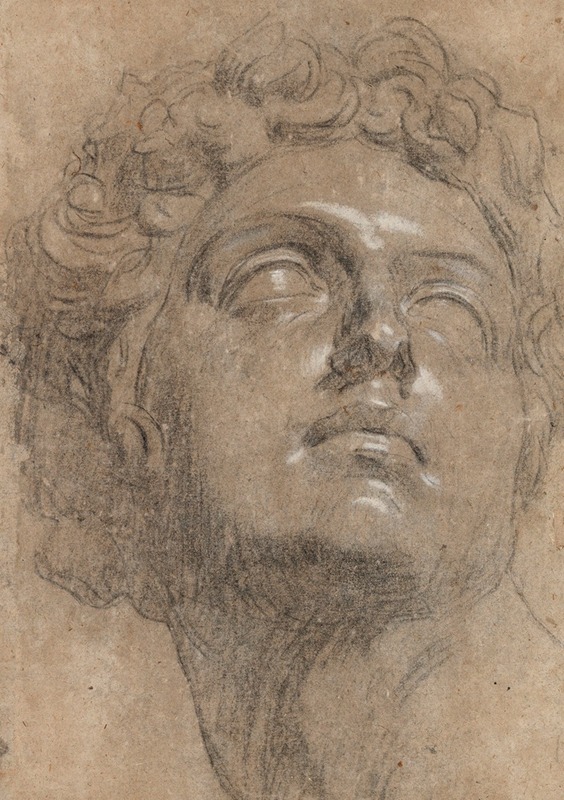
Head of Giuliano de’ Medici, after Michelangelo
A hand-painted replica of Jacopo Tintoretto’s masterpiece Head of Giuliano de’ Medici, after Michelangelo, meticulously crafted by professional artists to capture the true essence of the original. Each piece is created with museum-quality canvas and rare mineral pigments, carefully painted by experienced artists with delicate brushstrokes and rich, layered colors to perfectly recreate the texture of the original artwork. Unlike machine-printed reproductions, this hand-painted version brings the painting to life, infused with the artist’s emotions and skill in every stroke. Whether for personal collection or home decoration, it instantly elevates the artistic atmosphere of any space.
"Head of Giuliano de’ Medici, after Michelangelo" by Jacopo Tintoretto is a notable artwork that reflects the intersection of Renaissance art and the influence of Michelangelo on subsequent artists. Jacopo Tintoretto, an eminent Venetian painter of the late Renaissance, is renowned for his dynamic compositions and vigorous brushwork, which distinguished his work from his contemporaries.
This particular piece is a study or interpretation of Michelangelo's depiction of Giuliano de’ Medici, a member of the prominent Medici family of Florence. Michelangelo originally sculpted the figure of Giuliano de’ Medici as part of the Medici Chapel in the Basilica of San Lorenzo, Florence. The chapel was commissioned by Pope Leo X and Pope Clement VII, both members of the Medici family, to serve as a mausoleum for their family members. Michelangelo's sculptures in the chapel are celebrated for their powerful forms and complex symbolism, embodying the ideals of the High Renaissance.
Tintoretto's "Head of Giuliano de’ Medici" is an homage to Michelangelo's work, capturing the essence of the original sculpture while infusing it with his own artistic style. Tintoretto was known for his ability to convey movement and emotion, and in this work, he focuses on the head of Giuliano, emphasizing the features and expressions that Michelangelo so masterfully rendered in marble. The painting reflects Tintoretto's admiration for Michelangelo and his desire to engage with the artistic achievements of the Florentine master.
The artwork is a testament to the influence of Michelangelo on Tintoretto and other artists of the time. Michelangelo's work was widely studied and emulated, and his approach to human anatomy and expression set a standard for artists across Europe. Tintoretto, working in Venice, was part of a vibrant artistic community that was deeply influenced by the innovations of the Florentine and Roman schools. His interpretation of Giuliano de’ Medici demonstrates the cross-regional appreciation and adaptation of artistic techniques and themes during the Renaissance.
Tintoretto's painting is characterized by its dramatic use of light and shadow, a hallmark of his style that would later influence the Baroque movement. The chiaroscuro effect in the painting highlights the sculptural quality of Giuliano's features, drawing attention to the contours and expressions that Michelangelo originally conceived. This interplay of light and dark not only enhances the three-dimensionality of the figure but also imbues it with a sense of immediacy and presence.
While the exact date of Tintoretto's "Head of Giuliano de’ Medici" is not precisely documented, it is understood to have been created during a period when the artist was actively engaging with the works of his predecessors and contemporaries. Tintoretto's oeuvre includes numerous studies and interpretations of classical and Renaissance themes, reflecting his deep engagement with the artistic heritage of his time.
In summary, "Head of Giuliano de’ Medici, after Michelangelo" by Jacopo Tintoretto is a significant work that exemplifies the enduring impact of Michelangelo's art on later generations. Through this painting, Tintoretto not only pays tribute to a master of the Renaissance but also showcases his own distinctive style, characterized by dynamic composition and expressive use of light and shadow.





